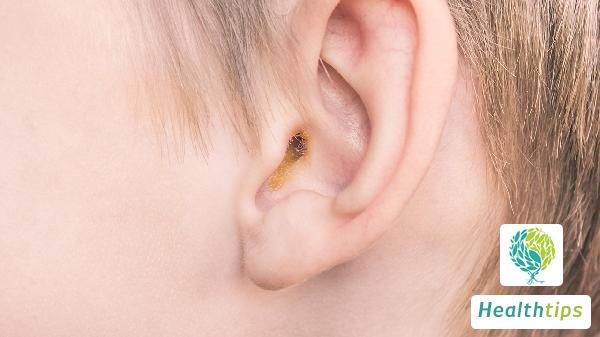How to Conduct a Check of the Airways?
During trachea examination, the patient needs to adopt a supine position with the head centered. The doctor uses the middle finger of the right hand to touch the trachea behind the sternum of the patient, while placing the index finger and ring finger on the sternoclavicular joints on the left and right sides to check the distance between the middle finger and the other two fingers, or uses the middle finger to touch the trachea area to observe the size of the gap formed by the middle finger and the sternocleidomastoid muscles on both sides. Through such examination, the doctor can determine whether the patient has tracheal shift.

1. The subject adopts a sitting or supine position, with the neck kept in a natural neutral position and both shoulders at the same height.
2. The examiner places the index finger and ring finger of the right hand on the sternoclavicular joints on both sides of the subject.
3. The middle finger of the right hand is placed in the midline of the trachea at the suprasternal notch, observing whether the middle finger is in the middle of the index finger and ring finger; or the middle finger is placed in the gap between the trachea and the sternocleidomastoid muscles on both sides, and the trachea is judged for deviation based on whether the gaps on both sides are of equal width.
When there is a large amount of pleural effusion or pneumothorax on one side, mediastinal tumor, or uneven thyroid enlargement, the trachea may be pushed towards the healthy side. When there is atelectasis, pleural thickening and adhesion, or pulmonary fibrosis on one side, the trachea is pulled towards the affected side. Additionally, in cases of aortic arch aneurysm, the trachea may be pressed downwards due to the expansion of the tumor during heart contraction, resulting in a downward pull on the trachea with each heartbeat, known as Oliver's sign.
The main items include X-ray chest films, CT scans, and MRI of both lungs to determine the presence of tracheitis, bronchitis, or pneumonia. It can also identify the presence of foreign body inhalation, and if necessary, bronchoscopy can be performed for definitive diagnosis and removal of foreign bodies. In cases of suspected high airway reactivity, such as wheezing and shortness of breath, lung function tests, bronchial provocation tests, and exhaled nitric oxide detection can also be chosen for diagnosis.



















